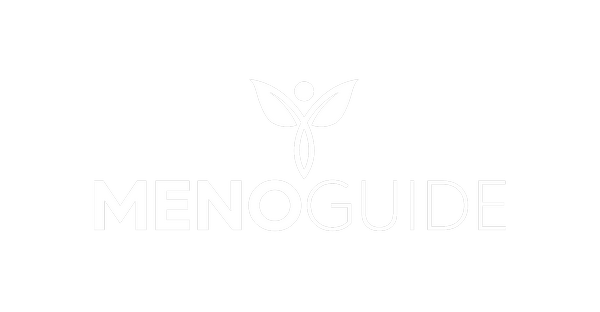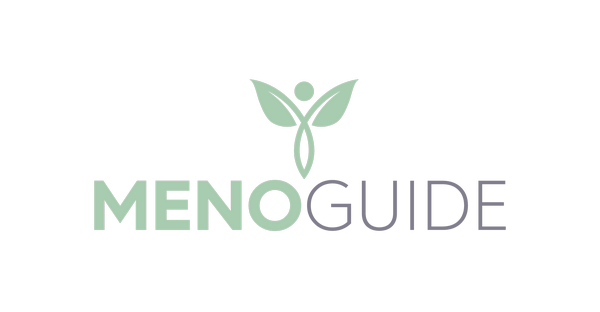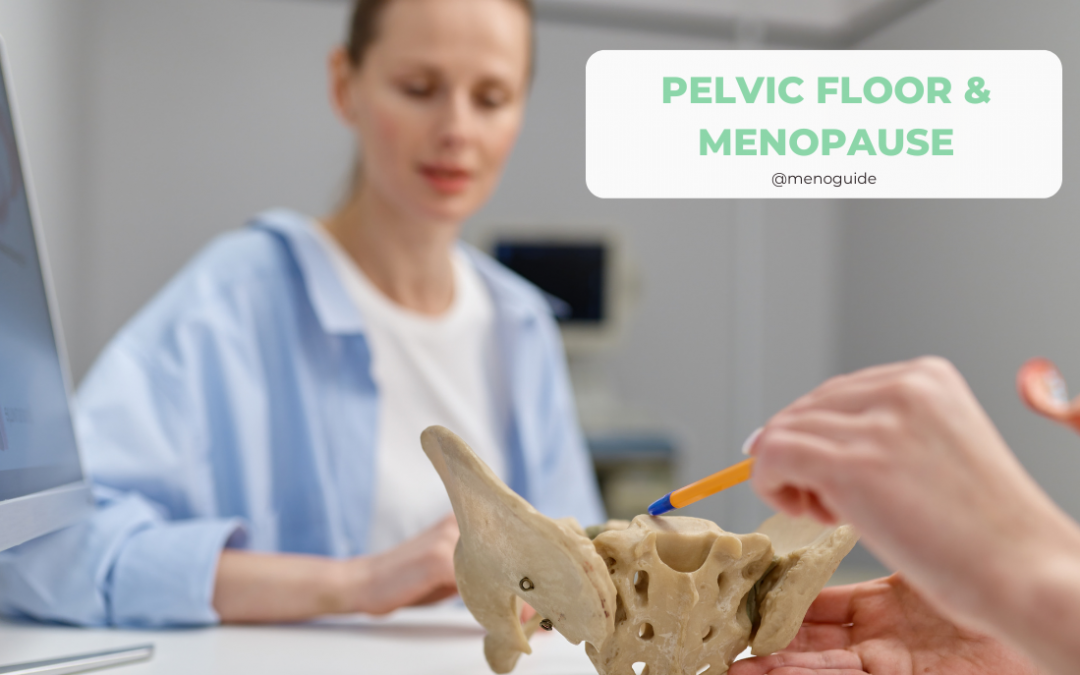Reading Duration: 6 minutes
Pelvic Floor Muscles
Your pelvic floor muscles are situated at the base of your pelvis, diligently performing a vital role in maintaining the optimal positioning of your bladder, uterus, vagina, and bowel – collectively referred to as pelvic organs. Much like any other muscle in your body, it is essential to keep your pelvic floor muscles robust and engaged.
Learn more about pelvic floor muscles here by the NHS.
Menopause and the Pelvic Floor
Understanding Pelvic Organ Prolapse during Menopause
As women journey through life, many may notice unsettling changes such as a feeling of vaginal pressure, bulging vaginal walls, or a lower-positioned uterus within the vaginal canal. These symptoms often signal the onset of pelvic organ prolapse, a condition that deserves attention.
The Role of the Pelvic Floor Muscles
At the core of pelvic organ support lies the intricate network of pelvic floor muscles, akin to a resilient trampoline stretching from the front pubic bone to the tailbone. These muscles serve a dual purpose:
1. Supporting Vital Pelvic Organs
- They offer critical support to the pelvic organs – the bowel, bladder, and uterus (womb), ensuring their proper positioning and function.
2. Regulating Bowel, Bladder, and Sexual Functions
- The pelvic floor muscles play a crucial role in controlling bowel and bladder functions, as well as contributing to sexual well-being.
Impact of Menopause on the Pelvic Floor
The journey through menopause introduces additional factors that can influence the pelvic floor’s health. The pelvic floor’s vulnerability becomes apparent due to factors such as childbirth, gravity, obesity, chronic constipation, and persistent coughing. These factors collectively exert significant strain on the pelvic floor, leading to its weakening and sagging, which in turn contributes to pelvic organ prolapse.
Menopause also plays a direct role in this scenario:
Hormonal Changes and Pelvic Floor Health
- The pelvic floor’s muscles and ligaments are sensitive to oestrogen levels. Therefore, the decreased production of oestrogen during menopause directly impacts the strength of these vital support structures.
- Additionally, collagen changes resulting from reduced oestrogen production affect the pelvic floor’s supportive mechanisms.
Incontinence Issues During Menopause
One common concern that arises during menopause is urinary incontinence. This condition manifests as urine leakage during activities like coughing, sneezing, lifting, and exercise, known as stress incontinence. It often stems from weakened pelvic floor muscles.
Learn more about menopause in our podcast series.
Managing Pelvic Floor Health during Menopause
Addressing these concerns during menopause involves practical steps:
1. Local Oestrogen Therapy
- Utilising local oestrogen treatments in the form of creams, pessaries, or rings applied within the vagina can improve bladder problems and reduce urinary infections. While it may not directly address stress incontinence, it can complement other treatment approaches.
2. Pelvic Floor Exercises (Kegel Exercises)
- Regularly practicing pelvic floor exercises, commonly known as Kegel exercises, can yield significant improvements in prolapse symptoms and bladder control. These exercises can also enhance sexual satisfaction.
3. Resources and Tools
- There are numerous resources and apps available to guide individuals in performing Kegel exercises effectively.
- Weighted pelvic floor training products can be a valuable aid, ensuring that exercises are performed correctly.
4. Lifestyle Considerations
- Maintaining a healthy weight, managing chronic coughing, and preventing constipation can help preserve the strength and tone of the pelvic floor.
- It’s never too early or too late to prioritise pelvic floor health – remember, “use it or lose it!”
In conclusion, understanding the intimate relationship between menopause and the pelvic floor is essential for women’s well-being. By actively engaging in pelvic floor exercises and addressing potential issues, individuals can safeguard against prolapse and incontinence, thereby enhancing their quality of life during this transformative phase.
Reviewed by: David Pye, head of research from Agile Life Sciences
Did this help you? feel free to add your thoughts in the comment section below !


